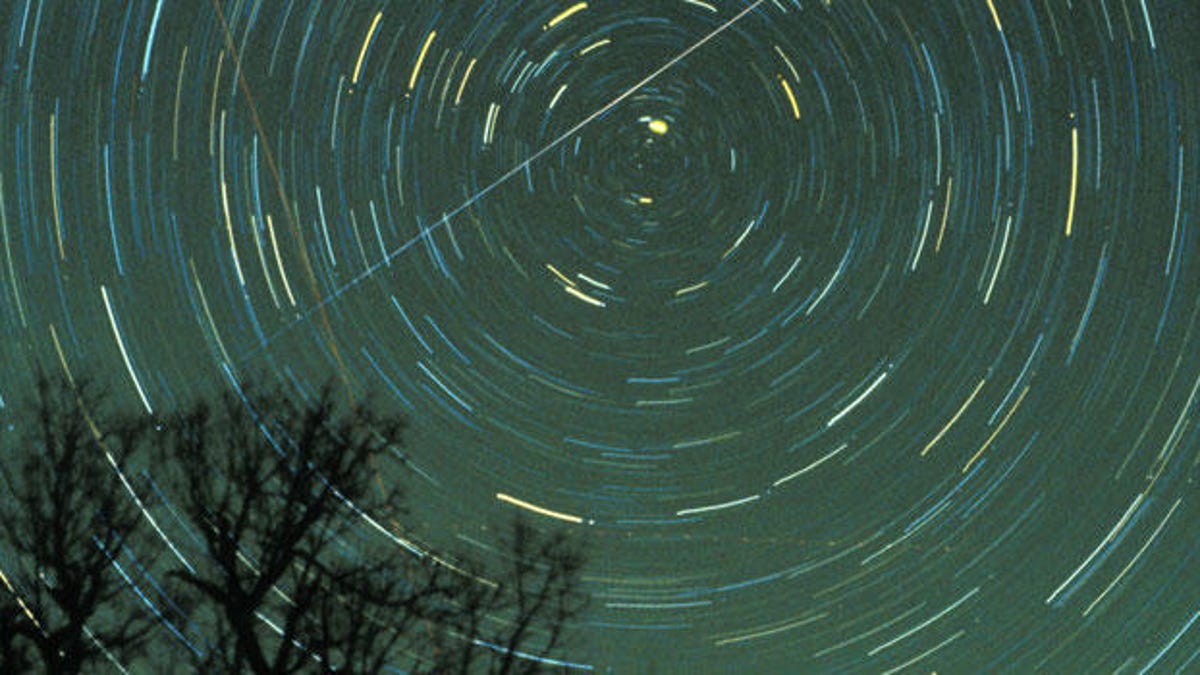Leonid meteors to light up the weekend, could turn 'stormy'
The annual shower has been known to occasionally turn into a meteor "storm" where shooting stars are as plentiful as snowflakes.

A Leonid caught via time-lapse
One of the most potentially exciting meteor showers of the year is here and ready to put on a free show as the Leonids hit their peak Saturday and Sunday.
The Leonid meteor shower has been known to very rarely blow up into a meteor storm, when the number of shooting stars that can be seen skyrockets from one or two dozen per hour to as many as thousands per hour.
The last time the Leonids erupted into a major storm was in 2001 and then again in 2002, and there's grainy home video footage to prove it:
One account from the 1966 Leonid storm described seeing "dozens of meteors every second ... the effect was similar to watching snowflakes race at your windshield while driving in a snowstorm."
The Leonids occur every year around this time when the Earth drifts through the cloud of dust and debris left behind by the comet Tempel-Tuttle on its trips around the sun. The outbursts occur when our planet hits a particularly dense pocket of comet detritus.
While a meteor storm isn't predicted for this year's Leonids, it's possible we could sneak up on an undetected pocket of dense dust that quickly goes up in flames in our atmosphere, putting on quite a show in the process.
Even without a major meteor outburst, the Leonids can typically produce 15 to 25 shooting stars or fireballs an hour, if you can find clear skies away from light pollution.
"The Leonids are often bright meteors with a high percentage of persistent trains," according to the American Meteor Society.
You don't have to stare at a particular patch of sky to witness the meteors. It's better to find a spot with as broad a view of the night sky as possible, lay back, let your eyes adjust to the darkness and just look up.
If you happen to catch any great photos of the show, please tweet them to me @EricCMack.
CNET's Holiday Gift Guide: The place to find the best tech gifts for 2018.
Best Black Friday 2018 deals: The best discounts we've found so far.

